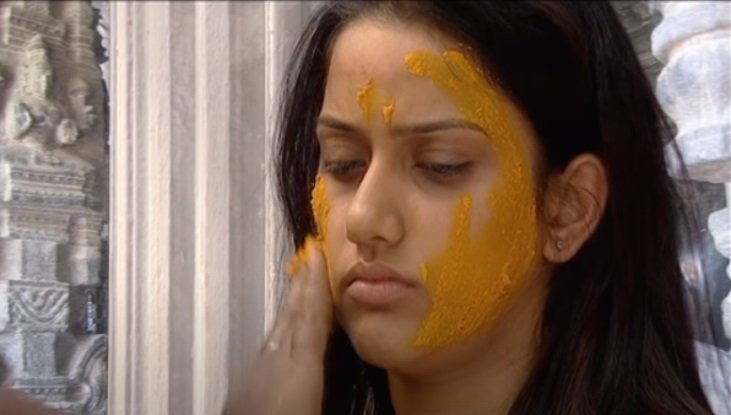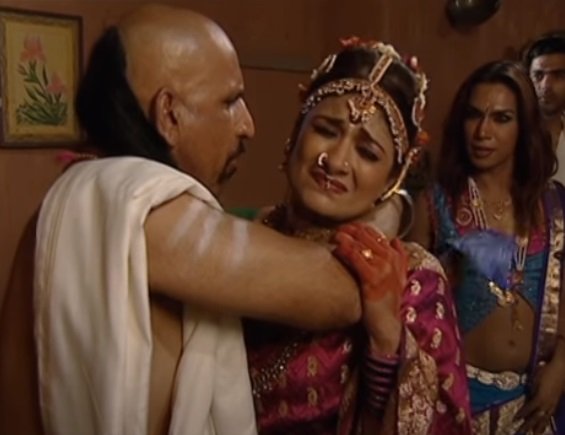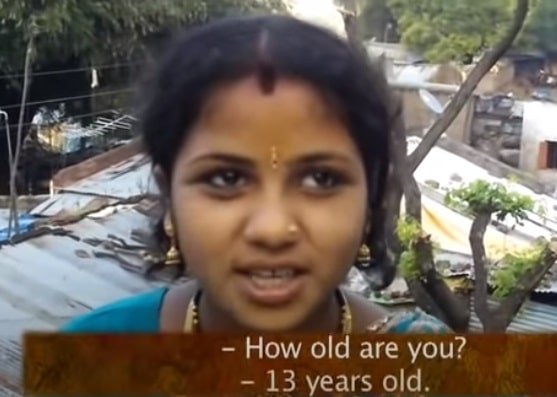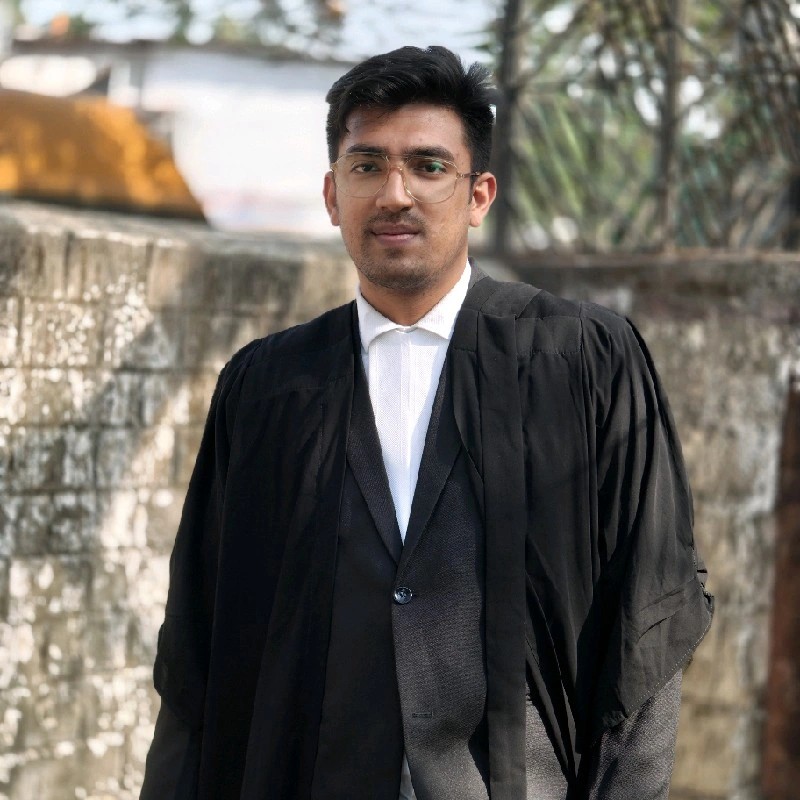Certain sections of southern India has one of the oldest traditions that India regrets. The tradition of Devadasi where young girls mostly before their puberty are married off to the Gods or deities and sexually exploited and discriminated thereafter.
The struggle is not just with legislation but with these deep-rooted traditions that form such an enticing part of our human lives that even constructive laws find it hard to eradicate. The struggle is as similar as it was with the eradication of child marriages in India.
This article will be a brief overview of the tradition of sexually exploiting minorities and discriminating them on the face of the religion AKA the tradition of Devadasi that India still regrets.
What is Devadasi and Why is it a problem for India?
The term devadasi or jogini is of Sanskrit origin and denotes a female servant of deity. While widely used, the institution and these women were known by different names in different areas. All these local variations have been classified herein as Devdasi.

In other words, the term ‘Devadasi’ may refer to a ‘slave of the god’ or ‘servant of the god’. Young girls often before attaining puberty are dedicated to the temples in the name of God so as to dance, appease and entertain their deity including the priests, local zamindars, and upper-caste men.
These girls who are dedicated ‘in the name of god’ are sexually exploited. They are stripped off their rights to marry any mortal man, inheritance rights, and the other basic fundamental rights that are guaranteed under the Constitution of India.
However, the tradition differs from what it was originally practised as. These women is said to have enjoyed enormous honor and prestige during the 6 -10 Century AD. And in addition to their religious duties, the devadasis were a community of artists.
“The devadasis preserved and developed the classical dances of India. Bharatnatyam is a modern incarnation of the sadir dance performed by the devadasis of Tamil Nadu. Odissi was performed by devadasis of temples in Orissa. The contribution of devadasis to music is also significant. MS Subbulakshmi, Lata Mangeshkar and her sister Asha Bhonsle, the three most renowned women singers of India, trace their lineage to devadasi community.” (Source)
In fact, they played many types of roles in the ritual and religious life of the community, in reward they were given praise and financial support. It was only after the 10 Century AD that they were gradually transitioned into prostitution.This transition may be credited to the invaders of that time.

In the current form, the girls who are dedicated are mostly from the scheduled caste and scheduled tribe communities. The most predominant areas of practice are in the state of Tamil Nadu, Karnataka, Andra Pradesh, and Maharashtra.
Religion, caste domination, patriarchy and poverty are the main causes for the Devadasi system to still flourish
Kalpana Kannabiran, ‘Judiciary, Social Reform and Debate on “Religious Prostitution” in Colonial
India’ (1995) 30 Economic and Political Weekly WS59
In 2011, the National Commission for Women estimated that there were 48,358 Devadasis in India. However, a 2015 Report by a Bangalore-based NGO Sampark submitted to the International Labour Organisation estimates that the number of Devadasis all over India would be close to 4,50,000.
Do we have legislation concerning the practice of devadasi?
Yes, In fact, we have multiple legislation prohibiting the practice of Devadasis. Most of the states where this is predominantly practiced have legislation that dates back to the Pre-independence era. This is not just a problem that India has been dealing with, its a problem that exists much before the dominion of India came into existence.
The first instance for legislation for abolishing the Devadasi system can be traced back to 1934 when the
Bombay Devadasi Protection Act was passed.
Currently, In India we have these Acts:
- The Karnataka Devadasis (Prohibition of Dedication) Act 1982
- The Tamil Nadu Devadasis (Prevention of Dedication) Act 1947
- The Andhra Pradesh Devadasis (Prohibition of Dedication) Act 1988
- The Maharashtra Devdasi System (Abolition) Act, 2005
Each of these acts declares the practice of devadasi as illegal and punishable by law ranging from 6 months to 5-years of Imprisonment with fine. Although, an astonishing fact about these legislation apart from the Andra Pradesh legislation is that none of them have any published rules to govern the act.
Apart from direct legislation in this matter, we have other Acts that prohibit the practice too.
For example, The Scheduled Castes and Scheduled Tribes (Prevention of Atrocities) Act, 1989, the IPC under Section 370 also criminalises the trafficking of persons when the trafficking is for the purpose of exploitation, the Immoral Traffic Prevention Act 1956, the Juvenile Justice Act 2015, Protection of Children Against Sexual Offences Act, the Protection of Women from Domestic Violence Act, 2005.
In spite of having such a plethora of laws and several orders from the Supreme Court, the Devadasi system is still very much under our noses. Thawing with enormous power and thrashing the lower caste women especially the Dalits.
To read more about the legislation, I’d suggest reading the Jayna Kothari et al, ‘Intersections of Caste and Gender: Implementation of Devadasi Prohibition Laws’ (CLPR, Bangalore, 2019)
The Real Problem

Being Schedule caste | Youtube
In an interview by a YouTube Channel named Being Schedule caste, the interviewer brings out the ground reality of a 13-year old devadasi. When this young girl is asked, how long she has been a Devadasi, she smiles and replies, ‘Since Birth’. She says that she’d have liked to become a doctor or a nurse if not a devadasi. But she definitely loves dancing.
These women are trapped into exploitation, denied education and basic rights, thrown into poverty, and enjoyed during their young age. As soon as they grow old, they are left with no choice but to beg outside the temples or to starve to death.
As a film dialogue states, “धर्म या तो वह इंसान को बेबस बनाता है या फिर आतंकवादी”. In English, which translates to ‘Religion either makes a person helpless or a terrorist”
What’s the way out?
In my opinion, Apart from the recommendations of CLPR, India needs not only legislation but the strict implementation of laws relating to Devadasi culture. A committee or a panel must be set-up at every place where this is practiced and close monitoring of the ills should be done. High prosecution rates for the defaulters and etc.
The reason why such ill religious practices still exist is because of vote bank politics. Any political government would not want to touch the traditional religious lines as they may hurt their vote bank. However, this is just an assumption and I wish to see the total abolition of these practices not only in legal terms but in reality too.

Passionate about using the law to make a difference in people’s lives. An Advocate by profession.





